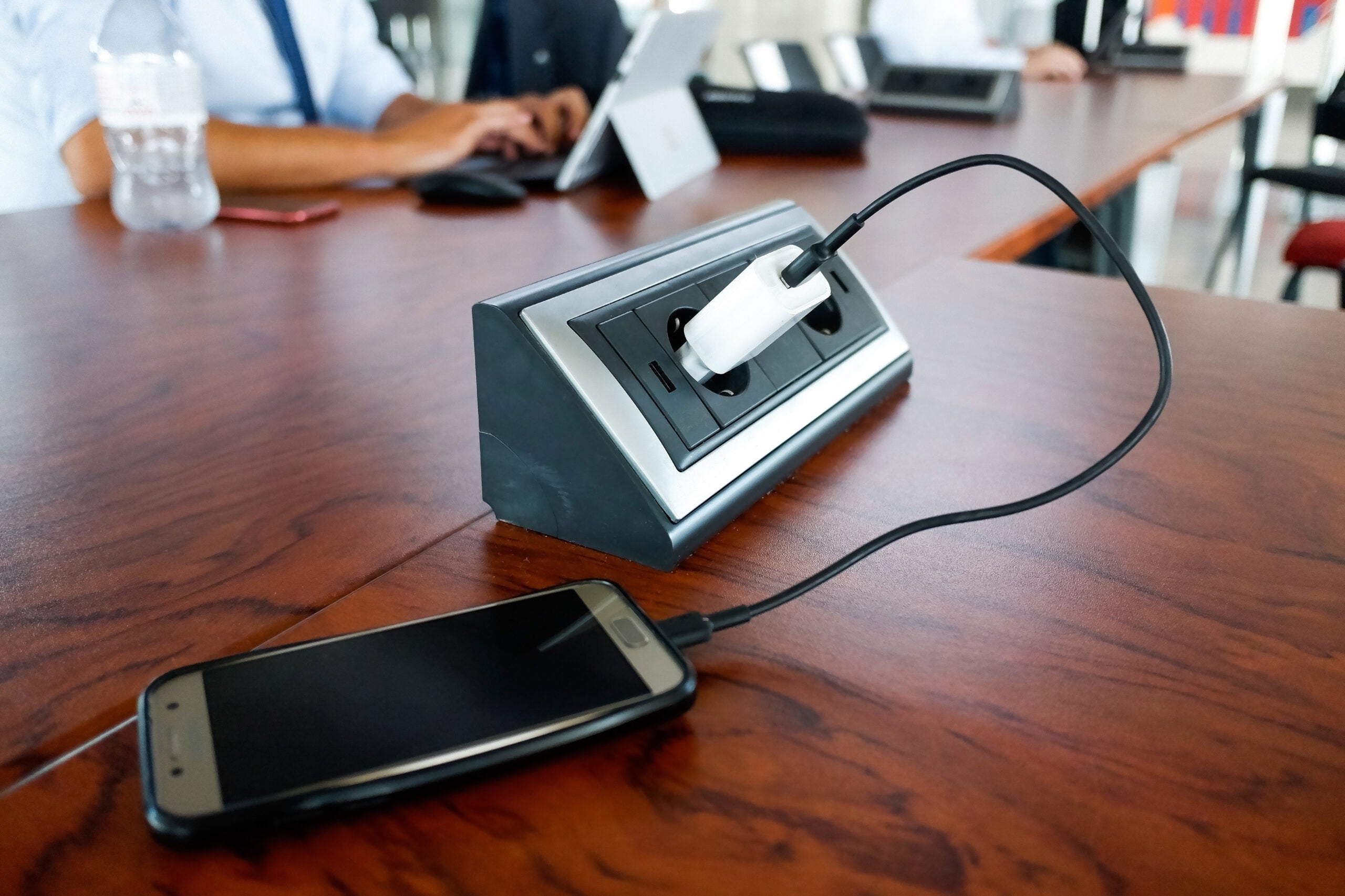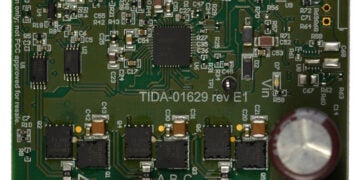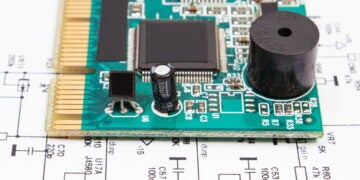
Cell phone chargers are one of the most common uses of electronic rectifiers.
Some may say that love, money, or even coffee make the world go around. Engineers usually lean toward a more scientific answer, such as ‘power makes the world go around.’ There is a strong case for this perspective. Can you imagine what would result if we suddenly were without chargers to power up our cell phones?
Fortunately, we have rectifiers that convert AC to the required DC level to power our products and systems. A typical example of this is converting the 120V/208V or 230V/400V AC from the power mains to the 5V DC necessary for cell phones. Here are several of the topologies available for electrical rectification:
| Common Rectifier Topologies | ||||||
|
All devices above are in power supplies or output control circuits. The design challenge is to select the best rectifier topology for your application, considering the required performance needs and characteristics.
The bridge rectifier is a good general choice for many applications due to its relatively constant (low ripple) output, efficiency, uncomplicated design, and low cost. However, to fully leverage these advantages, good PCB layout bridge rectifier design guidelines are necessary.
Important Design Guidelines for Bridge Rectifiers
Bridge rectifiers owe their moniker to their circuit architecture, an example of which is shown below for the MSB30M bridge rectifier.

Schematic symbol for the MSB30M-13 bridge rectifier.
As illustrated, one two-diode pair (1 and 3) forms a bridge between the input and the output during one half-cycle, while the other pair (2 and 4) forms the bridge for the other half-cycle. Due to its relatively constant DC output, this rectifier configuration is a favorite for linear power supply designs. When designing bridge rectifier circuits, following the layout guidelines listed below is essential:
| PCB LAYOUT BRIDGE RECTIFIER DESIGN GUIDELINES | ||
| Order | Guidelines | How to Implement |
| 1 | Choose the right rectifier |
|
| 2 | Use a verified CAD model |
|
| 3 | Follow the manufacturer’s layout recommendations |
|
| 4 | Apply ripple minimization techniques |
|
| 5 | Keep trace routes short |
|
| 6 | Isolate input and output grounds |
|
| 7 | Design to minimize EMI | |
| 8 | Employ thermal management design best practices |
|
| 9 | Verify operations and performance before sending for board build |
|
The guidelines above apply to virtually all PCB layout bridge rectifier designs, including the commonly used types below.
| BRIDGE RECTIFIER TYPES AND COMMON APPLICATIONS | |
| Types | Common Applications |
|
|
Efficient PCB Layout Bridge Rectifier Design
Bridge rectifiers are commonly used components for converting higher-voltage AC to a usable DC level. Bridge rectifier circuits can range from being relatively simple to complex in their design. Consequently, a good understanding of capabilities and functionality is necessary to select and implement the best bridge rectifier for your project.
Regardless of the rectifier used, the best results arise from following the PCB layout bridge rectifier design guidelines described above and relying on a trusted industry leader for manufacturer-vetted CAD models, verified design data, and information.
If you’re looking for CAD models for common components or important PCB layout bridge rectifier design guidelines, Ultra Librarian helps by compiling all your sourcing and CAD information in one place.
Working with Ultra Librarian sets up your team for success to ensure streamlined and error-free design, production, and sourcing. Register today for free.








